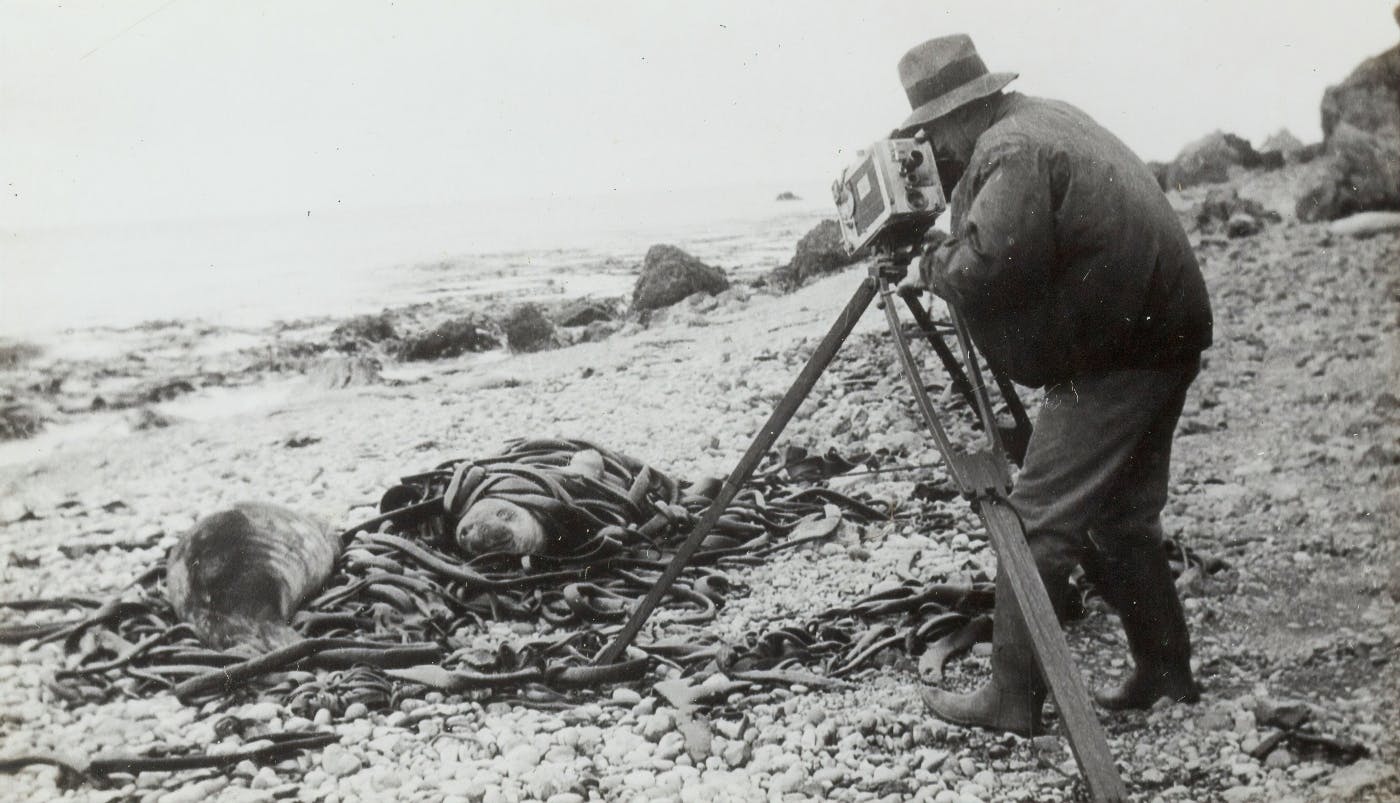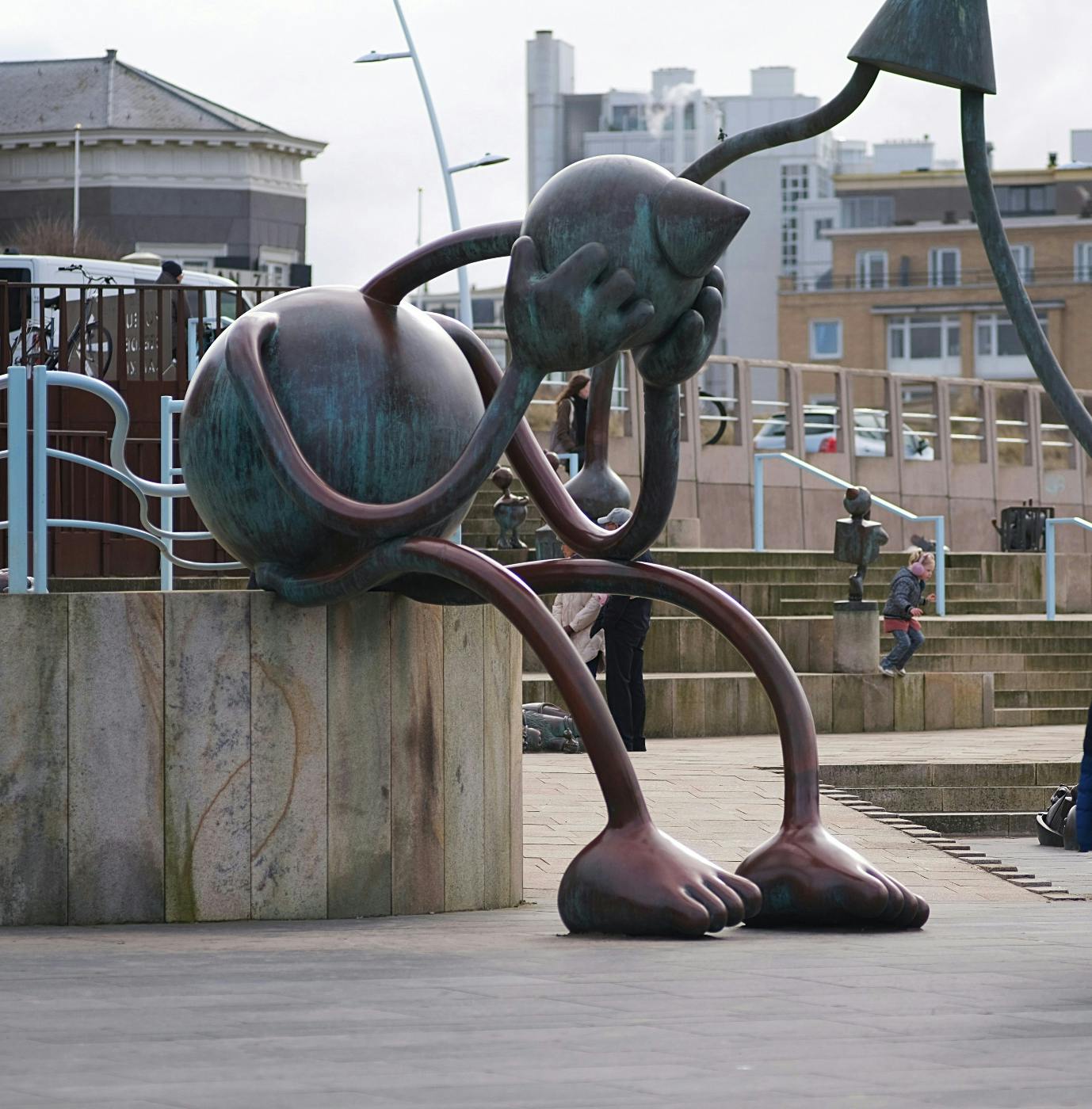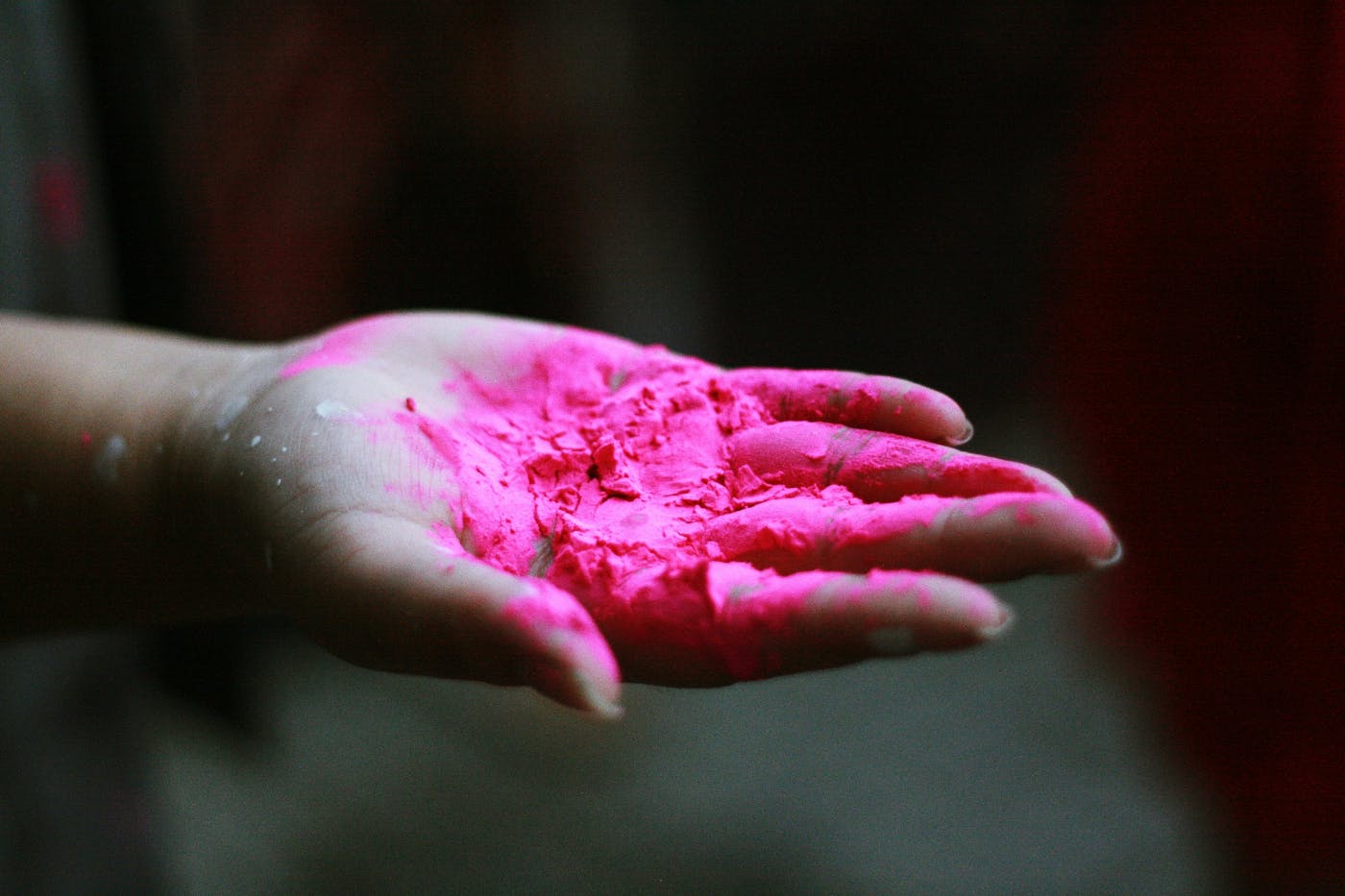
Creativity thrives not in an expanse of unlimited possibility but within the boundaries of constraint.
Creativity thrives not in an expanse of unlimited possibility but within the boundaries of constraint. It may seem counterintuitive at first. After all, wouldn't the freedom to explore anything and everything lead to greater innovation? Surprisingly, the opposite often proves true. Constraints—whether imposed by time, resources, rules, or even self-imposed boundaries—can ignite a surprising burst of creativity, driving us to find solutions that are both innovative and unexpected.
This paradoxical relationship between limitation and creativity has fascinated thinkers, artists, and entrepreneurs for centuries. And today, as we navigate a world that often celebrates excess and unlimited choice, revisiting the power of constraints feels more relevant than ever.
The Blank Canvas Dilemma
Imagine standing before a blank canvas, a world of infinite possibilities stretching out before you. For some, it’s exhilarating. For many, it’s paralyzing. With no clear direction, the vastness of choice can overwhelm the mind, making it difficult to know where to start.
Now, imagine being given just three colors to paint with or being told to create an image in under ten minutes. Suddenly, the constraints imposed on your creativity force you to make decisions and take action. The canvas is no longer an expanse of endless potential but a challenge to be conquered. You’re forced to think differently, to innovate, and to focus. This phenomenon is known as the blank canvas dilemma: the idea that limitless possibilities often hinder rather than enhance creativity.<br /><br /><br />

Historical Examples of Constraint-Driven Innovation
Throughout history, constraints have sparked some of the greatest feats of human ingenuity. Consider the design of the Apollo 13 lunar module. Faced with a life-threatening emergency, engineers had to create a carbon dioxide filter using only the materials available onboard. The result? A makeshift but life-saving solution that was nothing short of miraculous. The constraints of limited resources and time pushed the engineers to think creatively and act decisively.
The Apollo 13 incident is a perfect example of how dire constraints can bring out extraordinary problem-solving abilities. Engineers were essentially tasked with "MacGyvering" a solution, using items such as plastic bags, cardboard, and duct tape. This "failure is not an option" mindset became a hallmark of NASA’s ability to innovate under pressure. The successful resolution of this crisis demonstrated how ingenuity thrives when failure is not just undesirable but unthinkable. It’s a testament to the power of human determination and creative thinking in overcoming seemingly insurmountable obstacles.
In the arts, constraints have also fueled creativity. The poetic form of the sonnet, with its rigid structure of 14 lines and specific rhyme schemes, has inspired some of the most profound works in the English language. Shakespeare, Dante, and Petrarch all worked within this framework to create timeless masterpieces. Would these works have been as impactful if the authors had been given complete freedom to write without any form? Unlikely. The boundaries forced them to distill their ideas, refining their art to its most essential form.
Consider also the innovations in visual art born from constraints. During the Renaissance, fresco painters had to work quickly and precisely as they applied pigment to wet plaster. This time-sensitive process demanded not only technical mastery but also the ability to plan compositions meticulously. Michelangelo’s work on the Sistine Chapel ceiling exemplifies how constraints—such as working at great heights and within specific time limits—can result in awe-inspiring creativity.
In literature, we see further examples. The Oulipo group, a collective of writers and mathematicians, embraced constraints as a creative tool. Georges Perec’s novel "La Disparition" ("A Void") was written entirely without using the letter "e," the most common letter in the French language. This self-imposed constraint pushed Perec to explore unconventional vocabulary and narrative techniques, resulting in a work that is both playful and profound.
Even in architecture, constraints have driven iconic innovations. The scarcity of land in Tokyo, for instance, has led architects to design incredibly efficient and innovative micro-homes. These structures, often built on plots no larger than a parking space, showcase how physical limitations can inspire groundbreaking design solutions that maximize utility without sacrificing aesthetic appeal.
Constraints in music provide yet another example. Ludwig van Beethoven, despite losing his hearing, continued to compose some of his most celebrated works. This profound limitation forced him to rely on his deep understanding of music theory and his internal sense of sound, resulting in compositions that resonate with emotional depth and structural innovation.
These historical examples reveal a universal truth: constraints, far from being barriers, are often the catalysts for remarkable ingenuity. They force us to confront challenges head-on, pushing the boundaries of what is possible and leading to outcomes that might never have emerged in a world without limits.
Constraints in Modern Innovation
In the modern world, constraints continue to play a critical role in innovation. Startups, for instance, often operate under significant resource constraints—limited funding, small teams, and tight deadlines. Yet, these very limitations often drive the most groundbreaking ideas. When you can’t outspend your competition, you’re forced to outthink them.
Take the example of Twitter. Initially constrained by a 140-character limit (now expanded to 280), the platform challenged users to distill their thoughts into concise, impactful messages. This limitation not only defined the platform’s unique identity but also fostered a new form of communication, one that prioritizes brevity and clarity.
Similarly, the development of electric cars by Tesla was driven by significant constraints. The need for sustainability, the high cost of battery technology, and the public skepticism surrounding electric vehicles all created barriers. Yet, these challenges pushed Tesla to innovate in battery efficiency, design, and marketing, transforming an industry that had long been resistant to change.

The Psychology Behind Constraints and Creativity
Why do constraints work? Psychologists suggest that limitations shift our mindset from one of abundance to one of resourcefulness. Known as "problem-solving mode," this state of mind activates when we’re faced with challenges that require inventive solutions. Rather than being overwhelmed by infinite options, we’re forced to focus on what’s available and make the most of it.
This phenomenon is closely related to the concept of "functional fixedness," a cognitive bias that limits our ability to see objects or ideas in new ways. Functional fixedness often causes us to view tools or concepts only in their traditional roles, limiting creative solutions. Constraints can disrupt this bias by forcing us to look beyond conventional uses and think outside the box. When you only have a hammer, every problem starts to look like a nail—but with enough pressure, you might find a way to use that hammer as a lever, a weight, or even a measuring tool.
Research into "constraint-induced creativity" provides deeper insights. Studies have shown that people working under tight constraints often generate more innovative solutions than those with unlimited resources. This is because constraints limit the scope of possibilities, reducing cognitive overload and encouraging focused exploration. For example, in experiments where participants were asked to solve problems with a limited set of materials, the scarcity of options prompted them to reimagine and repurpose tools in novel ways.
The psychological principle of "framing" also plays a significant role. Constraints effectively frame a challenge, providing clear boundaries within which the mind can operate. Without these frames, the sheer number of possibilities can lead to analysis paralysis, where too much choice inhibits decision-making and action. Boundaries, on the other hand, channel our mental energy, allowing us to engage more deeply with the problem at hand.
Additionally, constraints activate divergent thinking, a process where the brain generates multiple, unique solutions to a single problem. This mode of thinking thrives under pressure, particularly when traditional pathways are blocked. For instance, consider a musician restricted to using only three chords to compose a song. While the initial limitation might seem stifling, it often leads to innovative melodies and arrangements that might never have emerged without the constraint.
Another key psychological driver is the "growth through adversity" principle. Constraints are inherently challenging, and overcoming challenges fosters resilience and creative growth. When faced with limitations, we’re pushed to question assumptions, test boundaries, and explore alternatives, all of which contribute to deeper cognitive and creative development. Psychologists liken this to the way muscles grow stronger when faced with resistance during exercise; the mind similarly grows more resourceful when confronted with constraints.
Finally, the element of playfulness is worth noting. Constraints can transform problem-solving into a game-like experience, where the "rules" of the limitation spark curiosity and engagement. This playful mindset can reduce fear of failure, as the process becomes less about achieving perfection and more about exploring possibilities within the set parameters. For example, children often demonstrate extraordinary creativity when given limited tools for play, turning sticks into swords or cardboard boxes into castles. This innate ability to innovate within limits is something adults can tap into by embracing constraints as opportunities for experimentation.
By understanding the psychology behind constraints and creativity, we can learn to view limitations not as roadblocks but as invitations to think differently. Constraints focus our attention, ignite our resourcefulness, and ultimately lead to solutions that are not only innovative but often transformative. They remind us that creativity is not about having everything at our disposal; it’s about making the most of what we have.
The Role of Self-Imposed Constraints
Not all constraints are external. Some of the most powerful limitations are the ones we set for ourselves. Artists, writers, and innovators often impose their own rules to fuel their creativity. Ernest Hemingway famously wrote standing up and aimed to write only 500 words a day. Dr. Seuss created "Green Eggs and Ham" after his publisher challenged him to write a book using just 50 unique words.
In the business world, self-imposed constraints can take the form of ambitious deadlines, strict budgets, or deliberately small teams. These limitations push individuals and organizations to prioritize, innovate, and execute with precision.

Embracing Constraints in Daily Life
The principles of constraint-driven creativity aren’t limited to art, science, or business. They can be applied in our personal lives as well. Consider the practice of minimalism, which is essentially a self-imposed constraint on material possessions. By limiting what we own, we’re forced to be more intentional about our choices, finding joy and utility in the essentials rather than being overwhelmed by excess.
Constraints can also enhance productivity. Techniques like the Pomodoro Technique, which involves working in focused 25-minute intervals, use time as a constraint to improve focus and efficiency. Similarly, setting limits on social media usage can free up mental bandwidth, allowing us to engage more deeply with creative pursuits.
The Fine Line Between Constraint and Restriction
While constraints can be a powerful catalyst for creativity, it’s important to distinguish them from restrictions. Constraints challenge us to think differently and innovate within a framework, while restrictions often stifle creativity by imposing unnecessary barriers. The key is to strike a balance, ensuring that limitations inspire rather than inhibit.
For example, a filmmaker working with a low budget might find innovative ways to tell a story, using practical effects or intimate settings to create a sense of realism. However, if that same filmmaker is restricted by censorship laws that limit their ability to tell certain stories, the result may be a compromise in artistic integrity rather than a burst of creativity.
How to Harness the Power of Constraints
If you’re looking to tap into the creativity of constraint, here are a few strategies to consider:
- Set Clear Boundaries: Define the scope of your project, whether it’s a deadline, a budget, or a specific set of tools. Clear boundaries provide a framework within which you can innovate.
- Embrace Challenges: Rather than viewing constraints as obstacles, see them as opportunities to think differently. Ask yourself, "What can I create within these limitations?"
- Think Small: Start with a micro-challenge, such as writing a story in six words or creating a meal with just three ingredients. Small constraints can lead to big ideas.
- Collaborate Within Limits: Working with others under shared constraints can lead to surprising synergies. Group brainstorming sessions with specific rules can yield more focused and creative results than open-ended discussions.
- Reframe the Problem: Constraints often force us to redefine the problem we’re trying to solve. Instead of asking, "How can I make this better?" ask, "How can I make this work within my limitations?"
Summing Up
The creativity of constraint is a testament to the resilience and ingenuity of the human mind. Far from being a hindrance, limitations can be the spark that ignites our most innovative ideas. Whether we’re writing a novel, designing a product, or solving a complex problem, embracing constraints can lead to solutions that are not only functional but transformative.
As we navigate a world that often equates freedom with abundance, let’s not forget the power of boundaries. Our most inspired work often emerges within the edges of the canvas, the lines of the sonnet, and the confines of the clock. For in limitation, there is liberation—and in constraint, creativity finds its wings.

